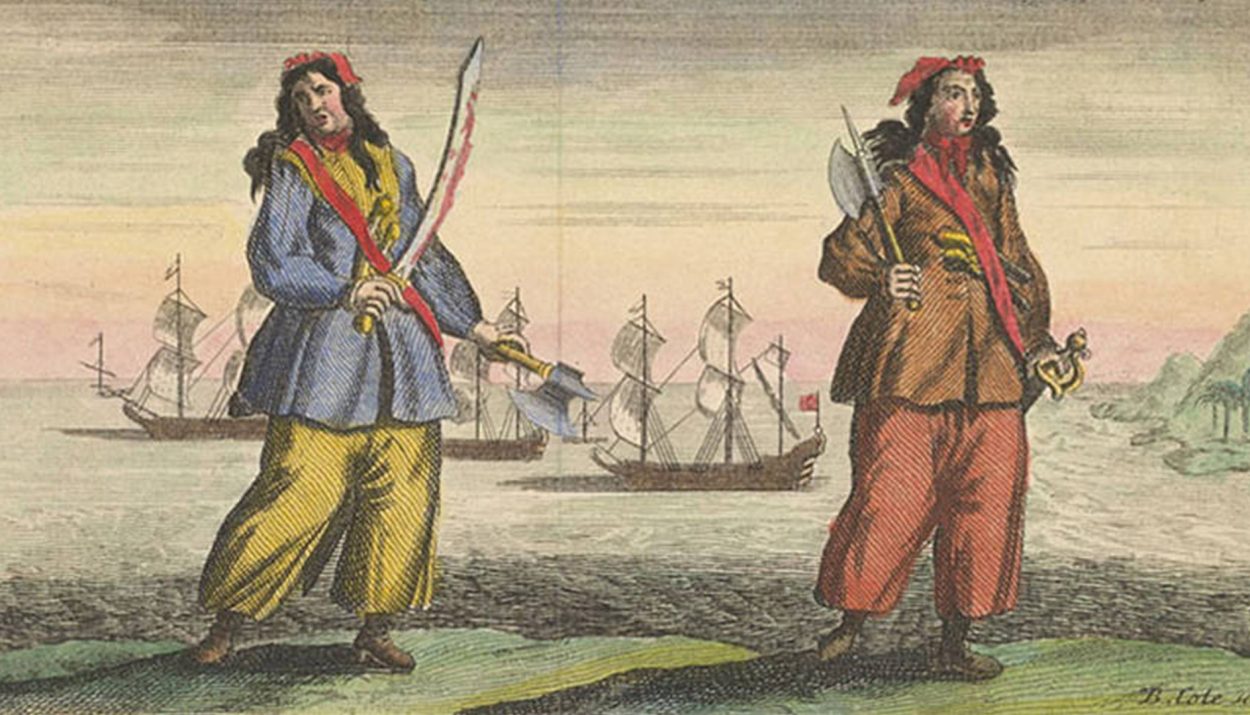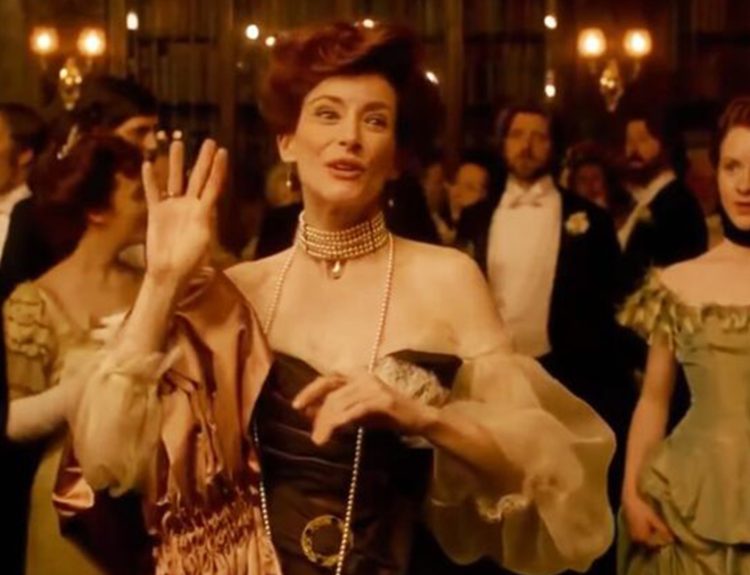We can probably blame the Pirates of the Caribbean movie franchise – as well as other big budget Hollywood films – for giving us a warped view of female pirates of the past. Far from being sultry beauties with low-cut bodices and high-cut skirts, the two most notorious female pirates – Anne Bonny and Mary Read – kept their gender hidden under baggy men’s clothing.
The late 17th century was not a time of gender fluidity like it is today. Nor was it a time when women had much agency over their own lives. Anne Bonny and Mary Read may not be the flirty female wenches we envisioned, but they were women who made their mark in a man’s world.
When Pirates Ruled the Seas
Piracy has existed since the first cargo ship set sail with a hold full of valuables that could be stolen. But piracy really ramped up in the mid-1600s as the transportation of goods between Europe and the Americas increased.
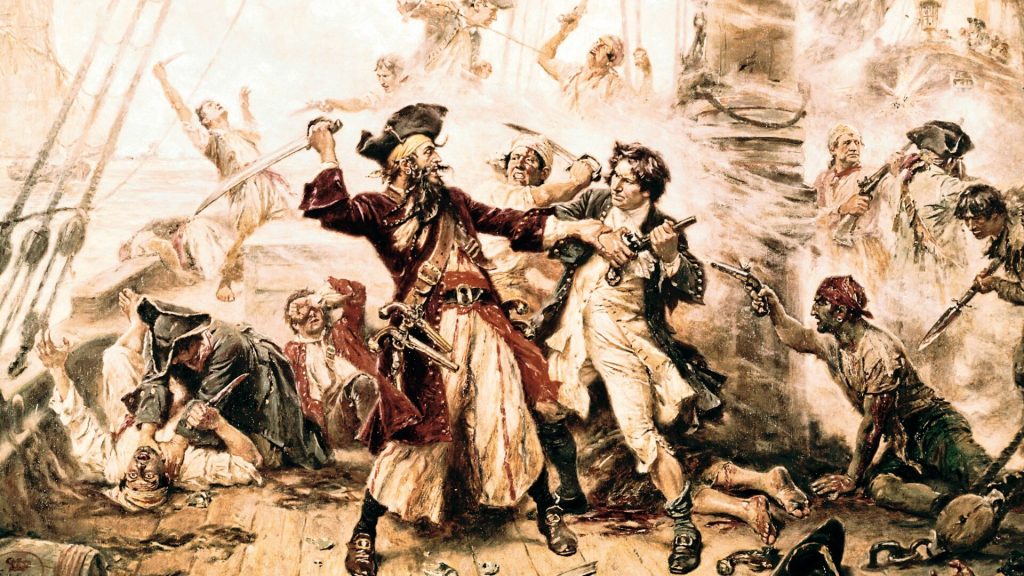
Many of the merchant vessels carrying sugar, cotton, tobacco, slaves, and even gold and silver, stopped off in the Caribbean. Naturally, the pirates went where the cargo ships were. For most of the 17th century, pirates ruled the seas.
Captain Charles Johnson’s Pirate Book
In 1724, someone using the name Captain Charles Johnson published a book in Great Britain titled, A General History of the Robberies and Murders of the Most Notorious Pyrates. This book has served as the basis for our understanding of pirate culture in the 1600s and 1700s. Moreover, it included biographical information about numerous pirates.
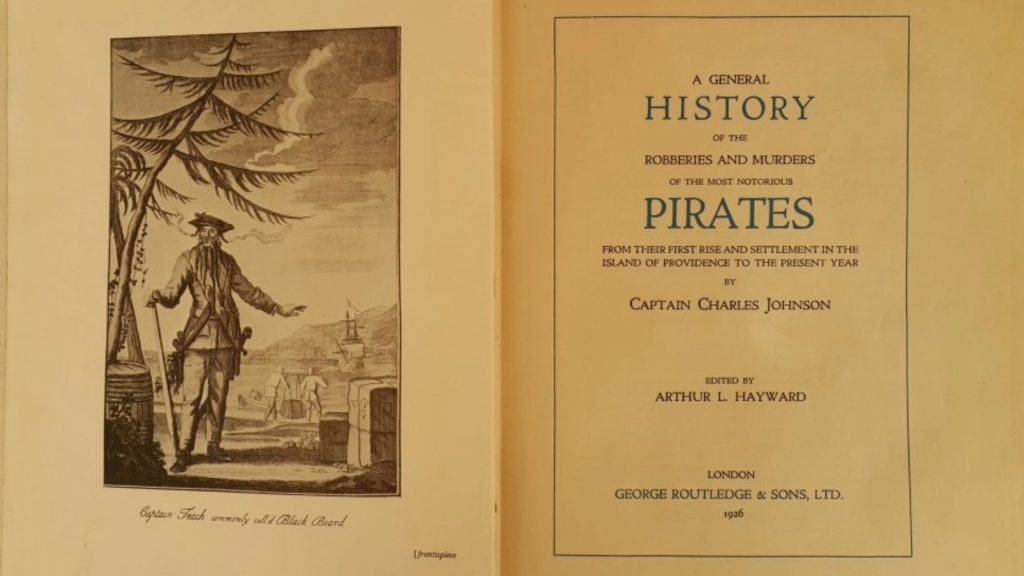
The author is most likely a pseudonym. Historians aren’t sure who the real author was, nor can they verify his credibility. Almost certainly, the author took some creative license in writing biographies. Nonetheless, this is the only contemporary source to tell us about the background of famous pirates, including Anne Bonny and Mary Read.
The Birth of Anne Bonny
According to A General History of the Robberies and Murders of the Most Notorious Pyrates, Anne Bonny was raised as a boy. It explained that Bonny’s father, William Cormac, was a prominent lawyer in County Cork, Ireland, who had an affair with one of his housemaids, a woman named Mary Brennan. She gave birth to a baby girl in 1698 … a daughter she named Anne.

When William Cormac’s wife found out about this, she left. But that didn’t mean that Cormac could marry his servant. That would have ruined him socially. Mary Brennan tried, for a time, to care for young Anne by herself, but it was difficult.
Anne Bonny’s Gender Ambiguous Upbringing
William Cormac visited his illegitimate daughter often and grew fond of the child. When Mary Brennan informed him of her plans to place the child in an orphanage, he stepped it with an unusual plan. He would bring the little girl to live with him, but he didn’t want anyone to know that she was his illegitimate daughter.

Cormac dressed young Anne in boy’s clothing, cut her hair short, and called her by a masculine name. He explained to people that the “boy” was the son of a relative and he was fostering the child for the parents. The ruse worked … at least for a while.
From Ireland to South Carolina
Soon, the servants and townsfolk began to whisper about the “boy” who was living with William Cormac. Then the scandal broke. Cormac was publicly disgraced when it was discovered that the “boy” was really a girl, that he had purposely kept the child’s gender a secret, and that he had fathered the child with his maid.
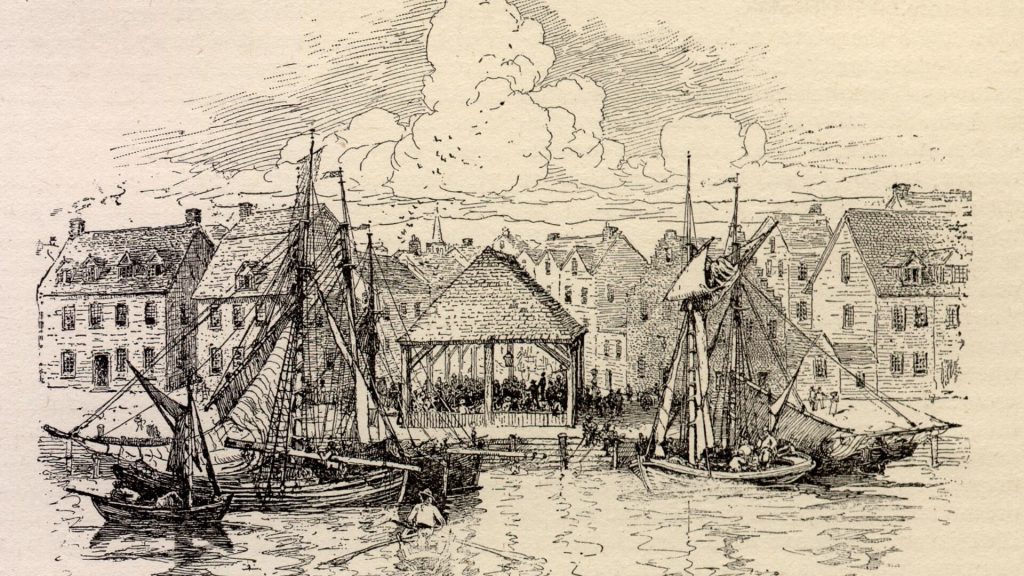
The scandal forced William Cormac to leave Ireland. He traveled to the New World and settled in Charleston, South Carolina, with Mary Brennan and Anne Bonny in tow. When Brennan died in 1711, Cormac was left to raise his daughter on his own. By this time, Anne was entering her teenage years and had become uncontrollable.
A Hard-Drinking Girl with a Nasty Temper
Anne snuck out of her home at night to socialize in the rough and rowdy taverns by the fishing docks of Charleston. Rumors of her hard-drinking and sexual promiscuity got back to Cormac. So did tales of her nasty temper.
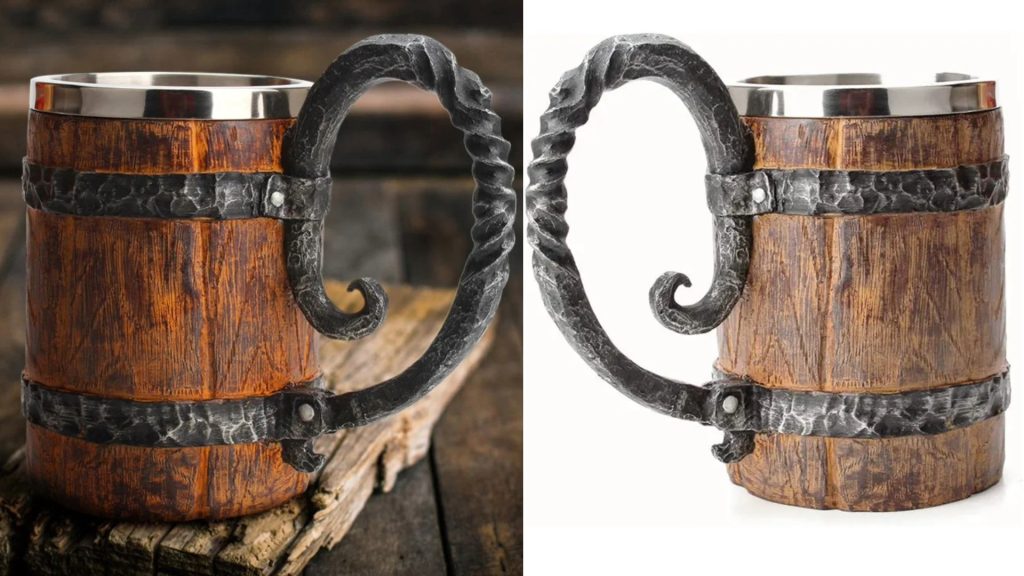
Once, Anne viciously beat a man who tried to rape her, leaving him within an inch of his life. On another occasion, her victim wasn’t so lucky. Anne reportedly got into a fight with a barmaid and stabbed the girl to death. The final straw for William Cormac was when Anne eloped with a no good, wannabe pirate named James Bonny in 1718. Cormac disowned Anne.
Hobnobbing with Pirates in the Bahamas
With her new husband, James Bonny, Anne settled in the Bahamas. James had ambitions to be a pirate and Anne wanted to live the pirate life. Unfortunately, he wasn’t a very good pirate. Instead, he made his money by being a stool pigeon. He alerted the authorities as to the whereabouts of wanted pirates and collected bounty money on them.

Anne thought her husband was a disgrace. She fell back into her old ways of hanging out at seaside taverns and having tristes with pirates and sailors. One of them struck her fancy. His name was John Rackam.
Anne Bonny and Calico Jack
John Rackam was better known by his pirate name, Calico Jack. And he seemed to like Anne Bonny just as much as she liked him. The fact that he was a real pirate also attracted Anne to Calico Jack. Anne ditched her husband and joined Calico Jack’s pirate crew.

There was a deeply held suspicion in those times that it was bad luck to have a woman on one’s ship. But Calico Jack didn’t care about that. Out on the high seas, Anne dressed and acted like a woman, but when they attacked merchant ships, she disguised herself as a man. Calico Jack had a habit of taking crewmembers from the ships he raided. One of them was hiding a secret.
Mary Read Was Also Raised as a Boy
As the unknown author of A General History of the Robberies and Murders of the Most Notorious Pyrates explained, Mary Read was also raised as a boy. As the story goes, her mother was married to the son of a financially well-to-do family. She and her husband had a child together, a son. Then her husband was lost at sea.

Her in-laws arranged for her to receive a monthly stipend until the son reached adulthood. When the boy died of disease, Mary’s mother was frantic. She needed to keep the money coming in from her deceased husband’s family. So, she devised a plan.
Duping the Grandparents
Mary’s mother quickly got pregnant and had another child. To her disappointment, however, the baby was a girl, whom she named Mary. She called Mary “Mark,” her dead half-brother’s name, dressed her in boy’s clothing, and kept her hair short. It worked … until it didn’t.

Several years later, the mother-in-law learned that Mary was a girl. The whole ruse unraveled, and Mary and her mother were cut off from their much-needed allowance. Even then, Mary’s mother continued to raise her as a boy. Pretending to be a young lad, Mary took various odd jobs to help support her mother.
A Good Girl … Even though She Was a “Boy”
When Mary Read was 13 years old – and by this time, quite skilled as pretending to be a boy – she accepted a job with the British Navy as a deckhand on some of its warships. She got to know her bunkmate during one voyage and …to her surprise … developed romantic feelings for the other sailor.
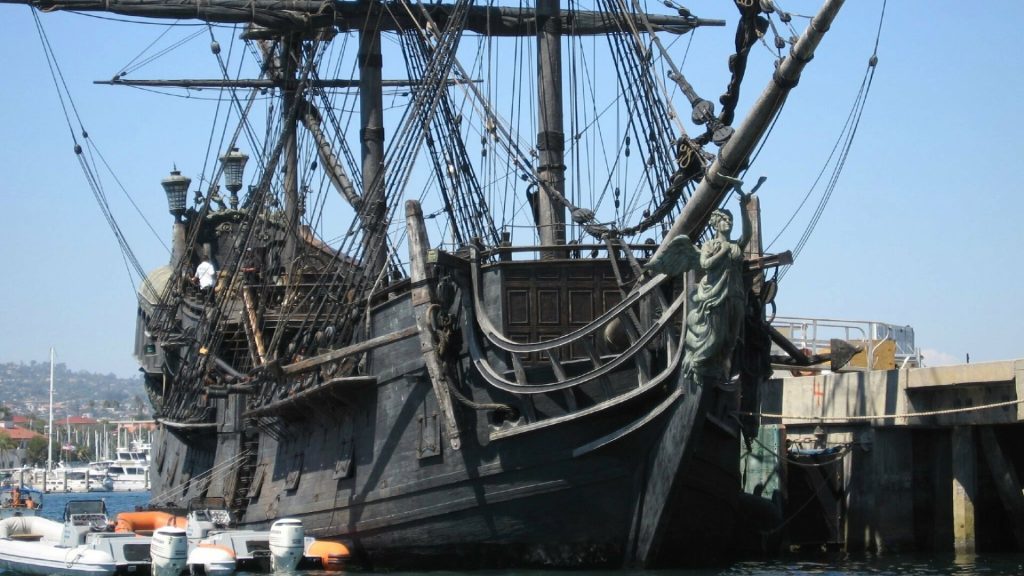
Mary reportedly confessed her true feelings for her confused bunkmate, then revealed her true gender. He assumed this meant they could have a sexual relationship. Mary, however, explained that she was a “good girl” and a “proper lady.” She wasn’t the type to fall into bed with any man who came along.
Mary Was Outed by her Jilted Crush
Angry that Mary refused his sexual advances, the bunkmate reported her to the ship’s captain and outed her for being a woman in disguise. Mary was fired from her job aboard the ship and forced to marry the sailor. Not long after, he died.

Free to live as a man again, Mary Read joined the crew of a Dutch ship heading to the West Indies. As fate would have it, her ship was attacked by Calico Jack Rackam and his pirate crew. Calico Jack’s men assumed that Mary was a fellow Englishman and invited her to join their pirate crew.
Mary Read’s Life as a Pirate
Mary Read was well-suited for pirate life. She fit in well with the crew. She drank heavily, swore like a sailor, was quick tempered and aggressive, and a good man to have beside you in a fight. No one suspected her secret.

Despite her relationship with Calico Jack, Anne Bonny still had a lust for life. She tried to seduce the newest crew member, Mary Read, as she had done with many others. Mary, however, was smart enough not to tangle with the captain’s paramour. She confessed her true gender to Anne.
Anne Bonny and Mary Read
According to Captain Charles Johnson’s book, Anne Bonny and Mary Read – the only two women on the ship – developed a fast friendship. Other references suggest that they were lovers. Either way, Anne Bonny kept Mary Read’s secret … until Calico Jack got suspicious.
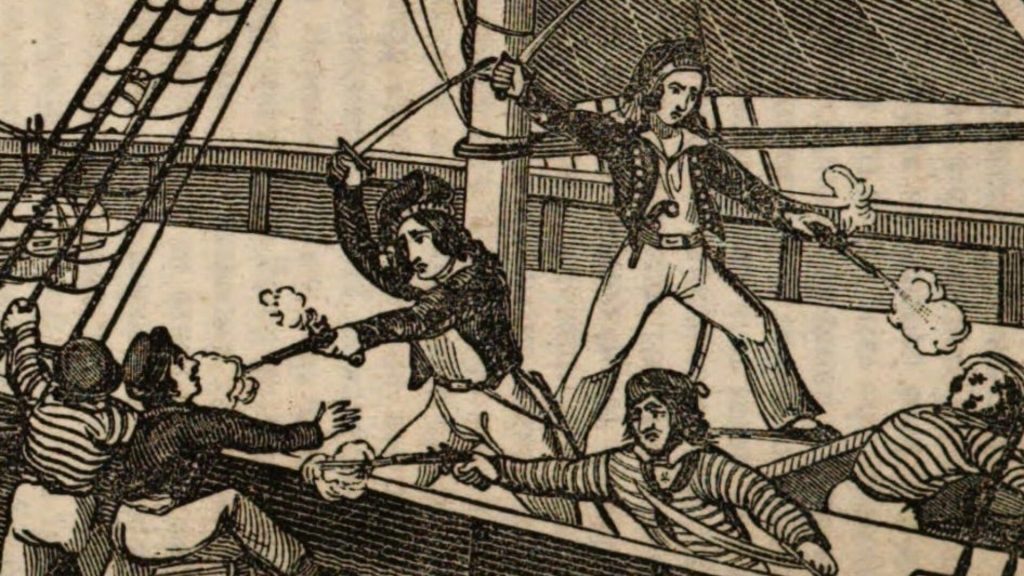
Anne and Mary spent a lot of time together. Calico Jack began to suspect that they were more than friends. Calico Jack confronted Mary Read, then grabbed his knife, intent on slitting her throat. At that moment, Mary opened her shirt and bared her breasts to the captain.
The Female Pirates Were Captured
On the night of October 22, 1720, most of the pirate crew had drunk themselves into a stupor when Anne and Mary spotted one of the governor’s official vessels fast approaching. They sounded the alarm, but most of the crew was passed out drunk.

The captain of the governor’s ship ordered Calico Jack and his crew to surrender, but he, Anne, Mary, and the few remaining sober pirates refused. They fought back but were terribly outnumbered. Eventually, they were all captured and taken into custody.
Anne Bonny and Mary Read Played the Gender Card
Hoping to avoid the gallows, both Anne Bonny and Mary Read revealed themselves to be women to their captors. At trial, Calico Jack and others were found guilty of piracy and sentenced to be executed by hanging, which was carried out on November 18, 1720. Likewise, both Anne Bonny and Mary Read were also sentenced to death by hanging and their execution date was set for the following week.
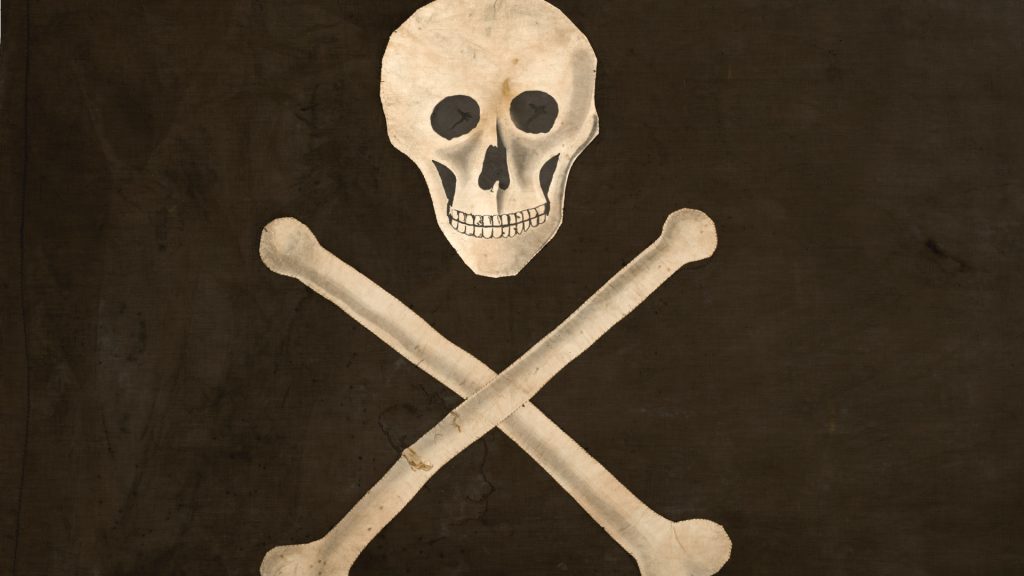
The female pirates had one more gender card to play. At their execution one week later, both women revealed that they were pregnant, forcing the governor to grant a stay of execution. According to records, Mary Read died of a fever while in prison in early 1721. Anne Bonny, however, disappeared from history. There are no records of her death or life beyond late 1720.

